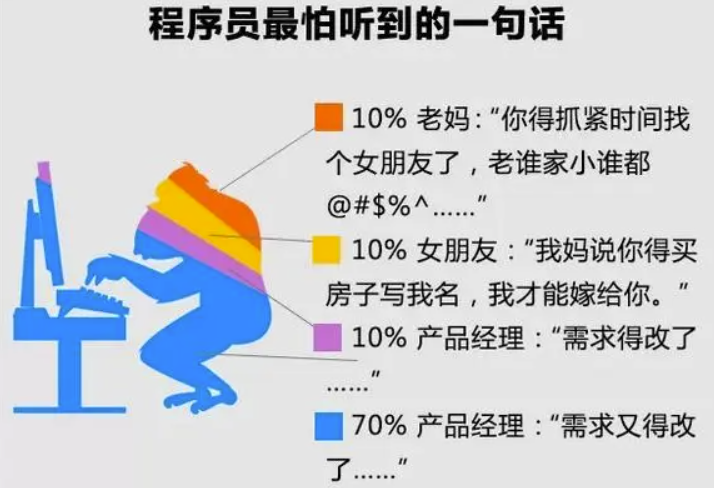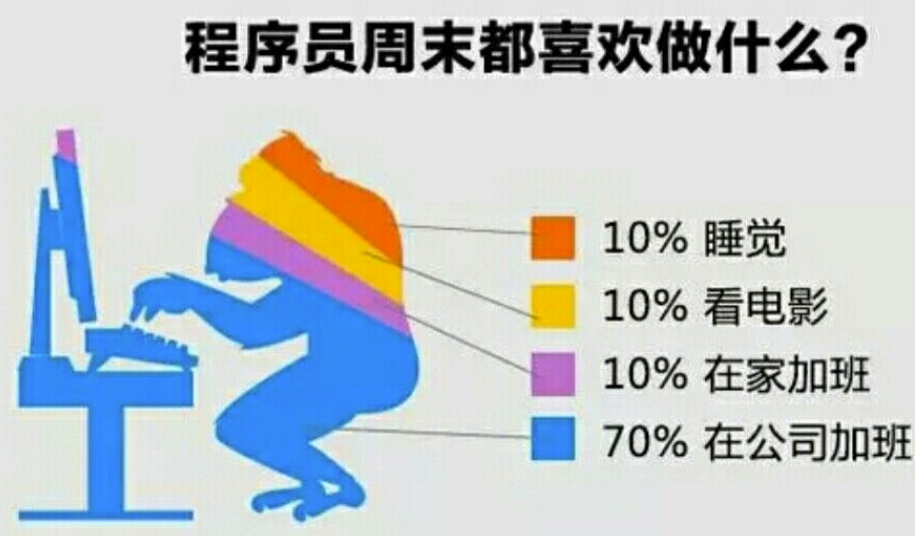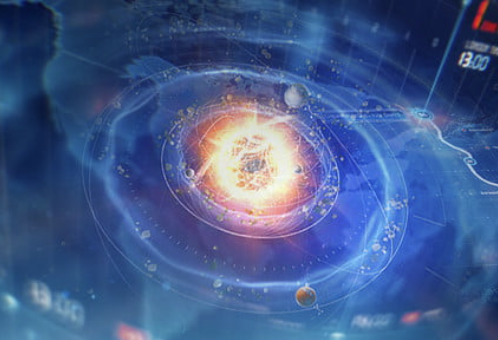根据您提供的代码和错误信息 Qt3D.Renderer.OpenGL.Backend: Unable to find suitable Texture Unit for "diffuseTexture",看起来您在设置材质和纹理时遇到了问题。以下是一些常见的问题及其解决方法:
1. 确保图像路径正确
首先,请确保您提供的图像路径确实存在并且可以被访问。可以使用 QFile 类检查文件是否存在。
QString imagePath = QCoreApplication::applicationDirPath() + "/../Airplane_image.jpg";
if (!QFile::exists(imagePath)) {
qDebug() << "Image file does not exist:" << imagePath;
}
2. 使用 QTextureLoader
使用 QTextureLoader 加载纹理可能更为可靠。它会处理纹理格式的加载,并确保生成的纹理符合 OpenGL 的要求。以下是一个示例:
auto textureLoader = new Qt3DRender::QTextureLoader();
textureLoader->setSource(QUrl::fromLocalFile(imagePath));
Qt3DRender::QTexture2D *texture = new Qt3DRender::QTexture2D();
texture->addTextureImage(textureLoader);
3. 确保图形上下文有效
请确认您在绘制之前已经创建了有效的 OpenGL 上下文。如果没有正确初始化上下文,纹理可能无法绑定。
4. 检查材质设置
当将纹理应用到材质时,请确保材质能够接受该类型的纹理。例如,QDiffuseMapMaterial 是用于漫反射贴图的,如果它未能找到合适的单元,则有可能是因为它需要其他类型的材质。
5. 多次添加相同组件
如果同一实体上多次添加同一组件(例如材料或网格),可能导致问题。在创建实体时,确保每个组件只添加一次。
示例代码整合
下面是更新后的完整代码示例,包括文件存在性检查和使用 QTextureLoader:
// 检查图片文件是否存在
QString imagePath = QCoreApplication::applicationDirPath() + "/../Airplane_image.jpg";
if (!QFile::exists(imagePath)) {
qDebug() << "Image file does not exist:" << imagePath;
return; // 或者进行其他错误处理
}
// 创建纹理和加载器
Qt3DRender::QTexture2D *texture = new Qt3DRender::QTexture2D();
auto textureLoader = new Qt3DRender::QTextureLoader();
textureLoader->setSource(QUrl::fromLocalFile(imagePath));
texture->addTextureImage(textureLoader);
// 创建并设置材质
Qt3DExtras::QDiffuseMapMaterial *material = new Qt3DExtras::QDiffuseMapMaterial();
material->setDiffuse(texture);
// 创建飞机实体并添加组件
aircraftEntity = new Qt3DCore::QEntity(rootEntity);
aircraftEntity->addComponent(mesh);
aircraftEntity->addComponent(material);
aircraftEntity->addComponent(aircraftTransform);
通过以上步骤,可以帮助您解决该错误。如果还有其他问题,请随时询问!
内容由零声教学AI助手提供,问题来源于学员提问




















